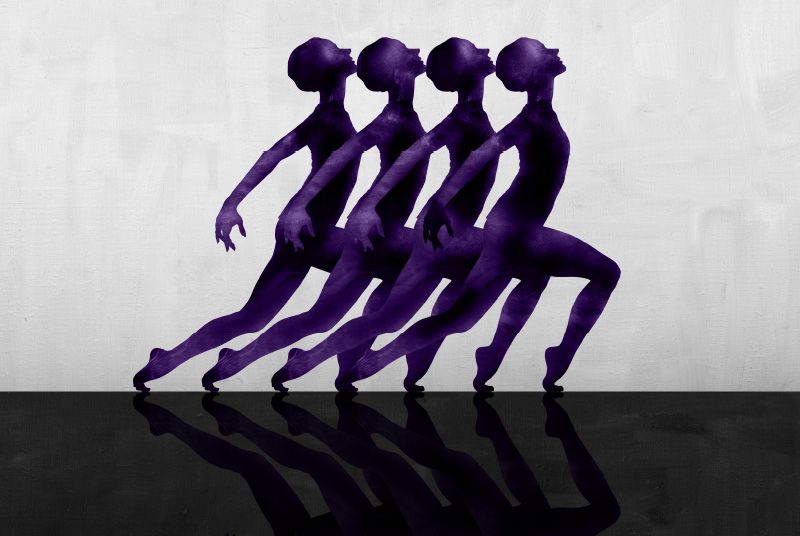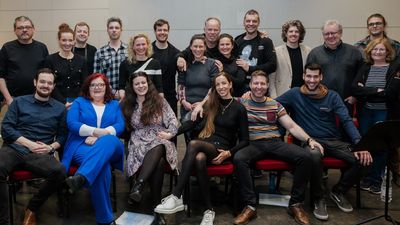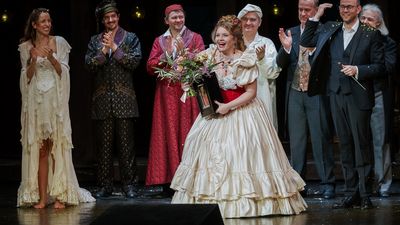
White, Black – Opposites in Attraction is the new, spectacular dance show of the Hungarian National Ballet at the Erkel Theatre. Audiences can enjoy two Hungarian premieres: Sarabande and Falling Angels by internationally renowned choreographer Jiří Kylián. In the second part of the programme, Harald Lander's Etudes return to the stage.
Sarabande, one of the five pieces making up the Czech choreographer’s ballet Black and White series, dates from the 1990s and was conceived for six male dancers. The work attempts to capture the essence of male existence, and portrays various aspects of manhood, such as aggression, self-discipline, vulnerability and sexuality. In addition to the visual effects (the sweeping Baroque costumes and impressive lighting), the sound is also entirely unique: along with violinist Gidon Kremer’s performance of the “Sarabande” movement from Bach’s Violin Partita No. 2, the riveting atmosphere of this remarkable acoustic world is also built on sounds from the dancers. Jiří Kylián, who has loved Bach’s music since his youth, said of Sarabande that: “We all should surmount obstacles in order to see what lies behind them. This is a healthy curiosity that drives us forward and brings unexpected opportunities. This barrier must be overcome by the viewer as well. (...) Perhaps we might discover a corner of our souls that we don’t yet know... “
Falling Angels is another piece from Black and White, premiered in 1989. The choreography presents eight female dancers moving to the first movement of Steve Reich’s 1971 percussion work, Drumming. “This is a work about our profession,” Kylián says. The ballet portrays the dancers’ attempts to reach perfection, in which various attributes of the female psyche and female existence also appear: pregnancy, birth and motherhood. During this creative period, Kylián was deeply influenced by surrealism and minimalism, which can be particularly sensed in his choreography. The suggestive female figures build up to the edgy rhythmic music with great intensity through classical and contorted sequences of motions. “Falling Angels is a work about performers and the art of performing, with all its panache, anxiety, vulnerability, inferiority complexes and humour. It is a symbol of the strife between belonging and independence, a dilemma that accompanies all of us from cradle to grave,” Kylián added.
The act to close the evening is one of the Hungarian National Ballet's successful repertoire pieces: Études, a one-act ballet that poses an enormous challenge to ballet ensembles. Its subject matter is namely the classical ballet technique, the school, the everyday training, the measurement of skill and art. Danish choreographer Harald Lander decided to let audiences into the secrets of how a ballet routine is built up on stage, how classical movements and a refined beauty of steps triumph over the laws of physics. Lander and the composer of the piece, Knudåge Riisager chose to use the music of Austrian piano virtuouso Carl Czerny for their choreography to show a parallel between piano practice and ballet practice, and how practice becomes skilful art.


